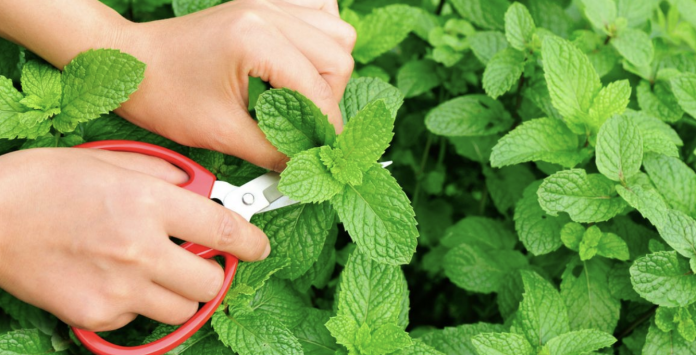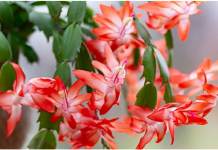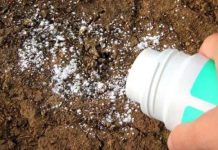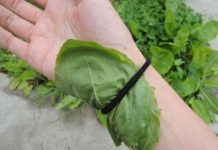Whether you are a novice or a veteran gardener, you should find a place to grow mint. You can keep it contained by growing it in pots, while regularly harvesting the tips and lifting the large runners. You can also plant it between rocks and paving stones to prevent it from taking up too much space.
Although there are many types of mint, the best known are peppermint, spearmint, sweet mint and chocolate mint. All can be used to complement dishes such as fish, poultry, lamb and a variety of vegetables. They work well in some alcoholic drinks – mint mojitos, for example; and are a delicious addition to other drinks: tea, punch and lemonade.
Here’s how you can grow mint well:
1- Buy a mint seedling
Mint is difficult to grow from seed, so it’s best to buy a mint seedling or small plant from a nursery or garden centre. If you have a friend or neighbour who already grows mint, ask them if you can have one of their plant runners. You can then carefully dig it up and transplant it.
2 –Plant your seedling in a pot or in the garden
Containers are the most popular way to grow mint. It can’t spread out of control and you can keep it close to home when you need it. If you choose to plant it in a pot, use one 12 to 16 inches in diameter and plant the plant with the roots just below the soil line. Add vermiculite to the soil to help keep it moist.
3- Give it a sunny place
Whether you plant your mint in the garden or in a container, choose a spot where it will get sun and partial shade in the afternoon. Mint thrives in moist soil, so you don’t want to leave it in the sun to dry out all day. If you’re planting it indoors, make sure you place it on a windowsill that gets enough sun.
4-Water your plant often
You will need to water your mint plant frequently during its first year. The soil should be moist but not soggy.
You will need to water your mint plant frequently during its first year. The soil should be moist but not soggy. Add light mulch around outdoor plants to keep the soil moist and the leaves clean.
5- Trim the top of your plant
This type of cutting encourages the sides to develop fully and reduces the height of the plant. Also, pinch off the plant’s flower buds when they appear to extend its harvesting season.
6-Be on the lookout for pests
Although the powerful scent of mint keeps most insects away, you may still see tetanus, flea beetles or other pests around your plant. Good soil and a good draught should be enough to keep your mint in perfect health, but if you do see insects, rinse them off with water or wash them off with insecticidal soap.
7-Harvest from late spring to early autumn
Do not harvest more than a third of the leaves at a time. Then allow them to regrow before taking more. Get as much as you can before the first frost. Mint is a perennial and its roots will survive the frost and come back strong in spring.










